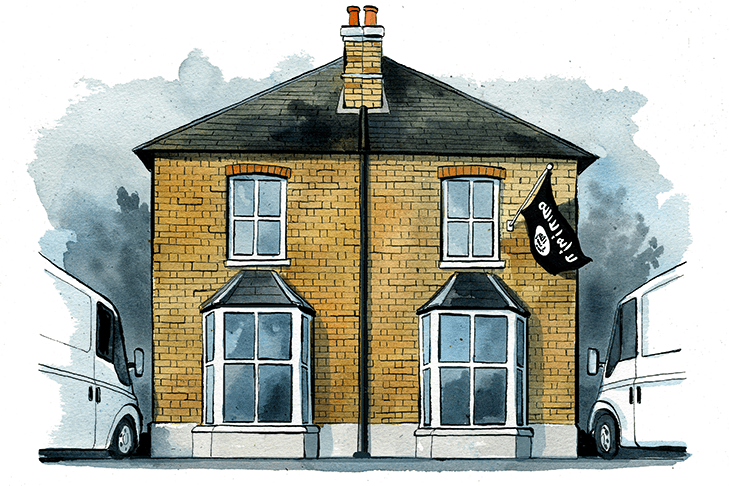On 6 July 1535, the severed head of England’s former lord chancellor, Sir Thomas More, was carried across London Bridge to the gatehouse on the southern bank. There it was parboiled and set on a spike. Another head, that of the bishop and theologian John Fisher, was removed to make way for it, and thrown into the Thames. Both men, rather than accept Henry VIII as Supreme Head of the Church of England, had willingly embraced martyrdom at the king’s hands. Both men would end up canonised by the Catholic Church. Amid the violent convulsions of the Reformation, nowhere bore more public witness to the willingness of men to kill and be killed in the cause of God than London Bridge.
Time, though, would see the intensity of these religious passions fade. What a cooler and more whiggish age would dismiss as ‘enthusiasm’ passed out of fashion. By 1974, when a tourist attraction named the London Dungeon opened on Tooley Street, just south of where More’s head had once been exhibited, religious fanaticism appeared as much a part of Britain’s past as public hangings or the Black Death.

Get Britain's best politics newsletters
Register to get The Spectator's insight and opinion straight to your inbox. You can then read two free articles each week.
Already a subscriber? Log in






Comments
Join the debate for just $5 for 3 months
Be part of the conversation with other Spectator readers by getting your first three months for $5.
UNLOCK ACCESS Just $5 for 3 monthsAlready a subscriber? Log in